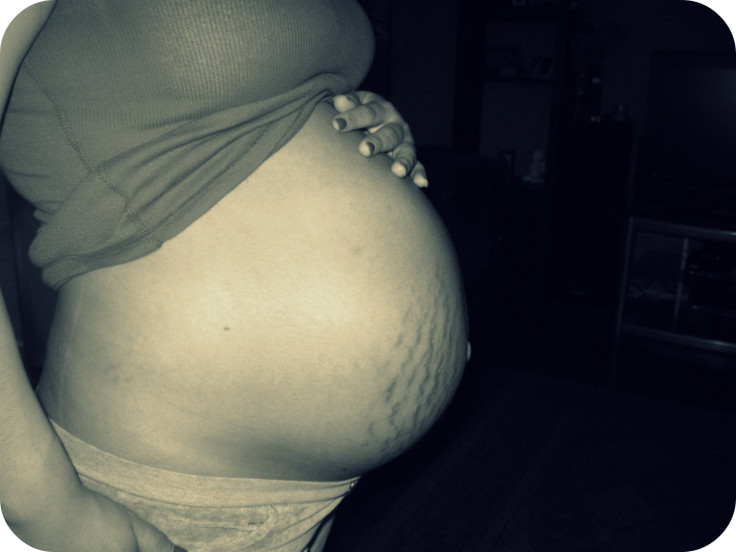Stretch Mark Removal: Getting Rid Of Them Is Impossible; But Prevention Could Be Here In The Near Future

Thinking about buying a cream or ointment that claims to prevent stretch marks during pregnancy? How about one that promises to reduce the appearance of marks that are already there? Don’t. You’ll be better off without them.
“Most of the existing products aren’t based on solid scientific research,” said Dr. Frank Wang, assistant professor and dermatologist at the University of Michigan Health System, in a press release. “Very few to none of the items touted to prevent or fix stretch marks really work.”
Wang and his team intended to investigate the issue by figuring out what’s causing stretch marks on a molecular level. Stretch marks often don’t receive much research attention because they aren’t considered medically dangerous, but Wang has been studying them for more than eight years.
“Because stretch marks may compound the stress of new motherhood for many women, it’s important to learn more about them,” Wang said. “Some women feel like their self-esteem, quality of life, and willingness to engage in certain activities are affected.”
The marks, scientifically known as sriae gravidarum, affect 50 to 90 percent of women. Some women are at higher risk than others due to factors like family history; whether they had a single or multiple birth; how much weight they gained during pregnancy; and whether they previously had stretch marks for another reason like obesity.
For the study, Wang and his colleagues studied skin samples from 27 pregnant women who had recently formed stretch marks. They compared the stretch-marked skin to less-stretched skin on areas like the hip, and found that the elastic fiber network in the dermis — the layer between the outer layer of the skin and the subcutaneous layers — is disrupted when a person has a stretch mark. Even after birth, this network remained disrupted.
It’s these elastic fibers that give skin its elasticity, or the ability to “snap back,” after it’s stretched. The skin attempts to repair these disrupted elastic networks but is apparently ineffective, which in turn promotes the lax, loose skin seen in older stretch marks. Current research on possible treatment options has not found anything available to repair this disruption.
“It may, therefore, make more sense to focus on preserving the elastic fibers you have rather than repairing damaged ones within stretch marks,” Wang said. “Regardless, it’s more complicated than just rubbing something on your stomach.”
Wang and his team are already continuing their research with the goal of helping pregnant women prevent or improve the appearance of stretch marks.
Source: Wang F, Calderone K, Smith N, Do T, Helfrich Y, Johnson T, et al. marked disruption and aberrant regulation of elastic fibers in early striae gravidarum. British Journal of Dermatology. 2015.



























